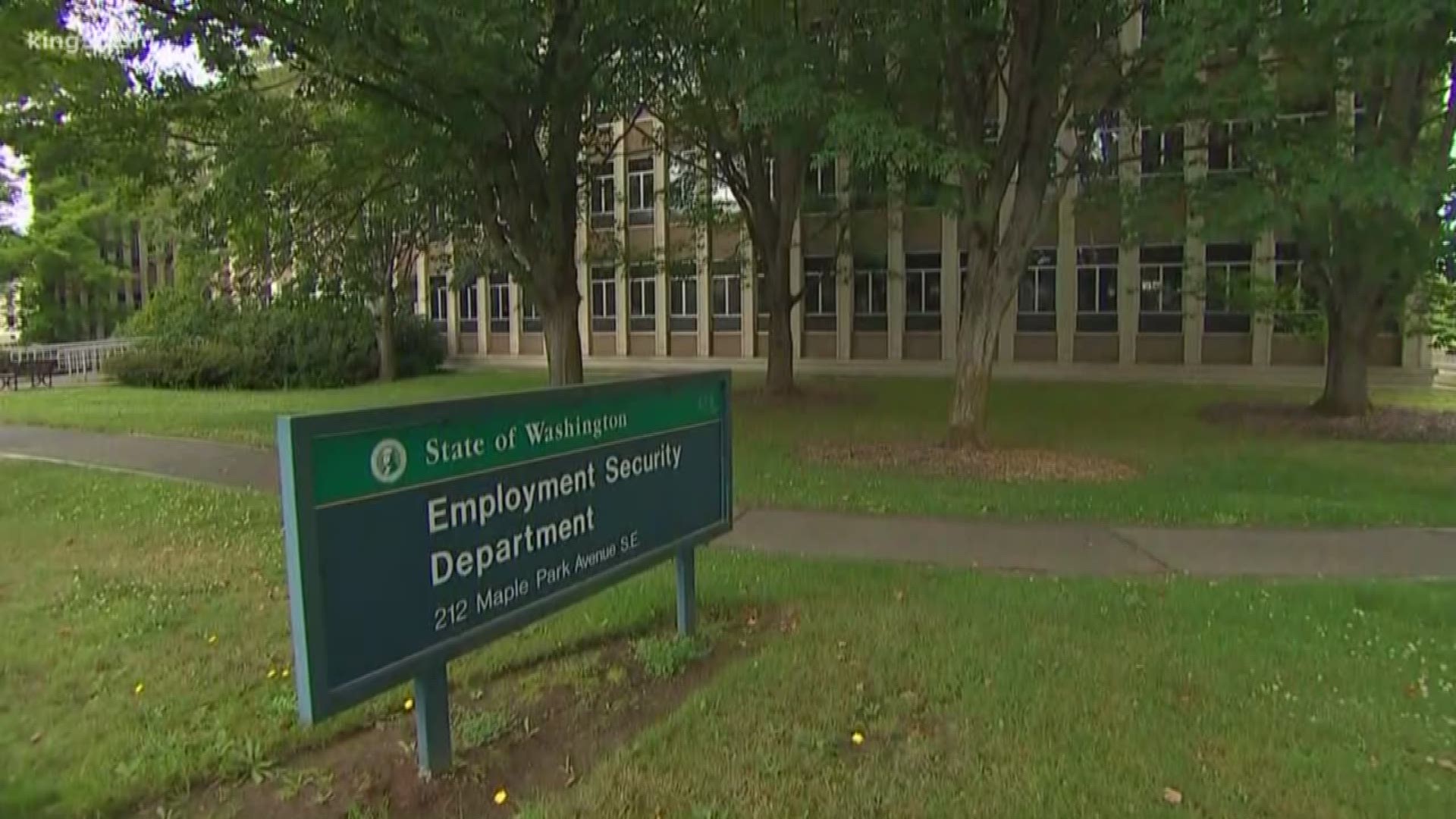The Washington Employment Security Department (ESD) latest unemployment numbers, published on September 10, indicate an increase in the initial unemployment claims, a key indicator on the health of the employment market. This is a reversal in the trend for the last few weeks where the state saw initial claims declining.
This comes at a time when the economy is stuttering as it reopens and when many restaurants and service industry based small business, that have relied on the summer weather to increase their customer base, are facing layoffs for the winter months. Traditionally, warm weather brings a seasonal job boost and during the COVID-19 crisis, this has given many restaurants and services industries just enough foot traffic to keep the doors open.
Without continuing the relaxation of the COVID-19 restrictions and the re-opening of the economy, restaurant and service industries are facing a cold, uncertain winter ahead.
Adding to the problems created by the increase in initial claims, is the inability for ESD to process claims in a timely fashion. This is in despite of hiring a significant number of claims adjudicators and staff in the last 6 months since the state mandated COVID-19 layoffs began.
The Everett Herald is now reporting ESD, again, is overwhelmed by new claims. Obviously, the problem isn’t just staffing levels, though increases certainly help, it’s the underlying approach ESD has taken with its systems to handle unemployment claims. Despite spending $44 million on system upgrades over the last few years, ESD is still unable to handle increased claims.
ESD has been unable to verify claimant identity quickly. As this process begins when a claim is initiated by the employee, it has introduced delays in claim approval and benefits being received. ESD should consider registering employees and complete the identity verification process during a qualifying employment event rather than when a claim is initiated by the employee. This would remove the delay when a claim occurs and streamline claims authentication and approval.
Compounding the problems ESD is facing with claims processing speeds and claimant identity verification, is the continued decline in the Unemployment Insurance Fund balance. The latest unemployment numbers will deplete the fund further and bring forward the date which ESD will need to apply for a federal loan to keep the fund solvent.
Based on the slow-phased approach to reopening the economy, unemployment will be kept artificially higher. The best way to regain the state’s fiscal health is to bring jobs back.
Once people go back to work, they will start paying into the unemployment fund instead of drawing money out.






